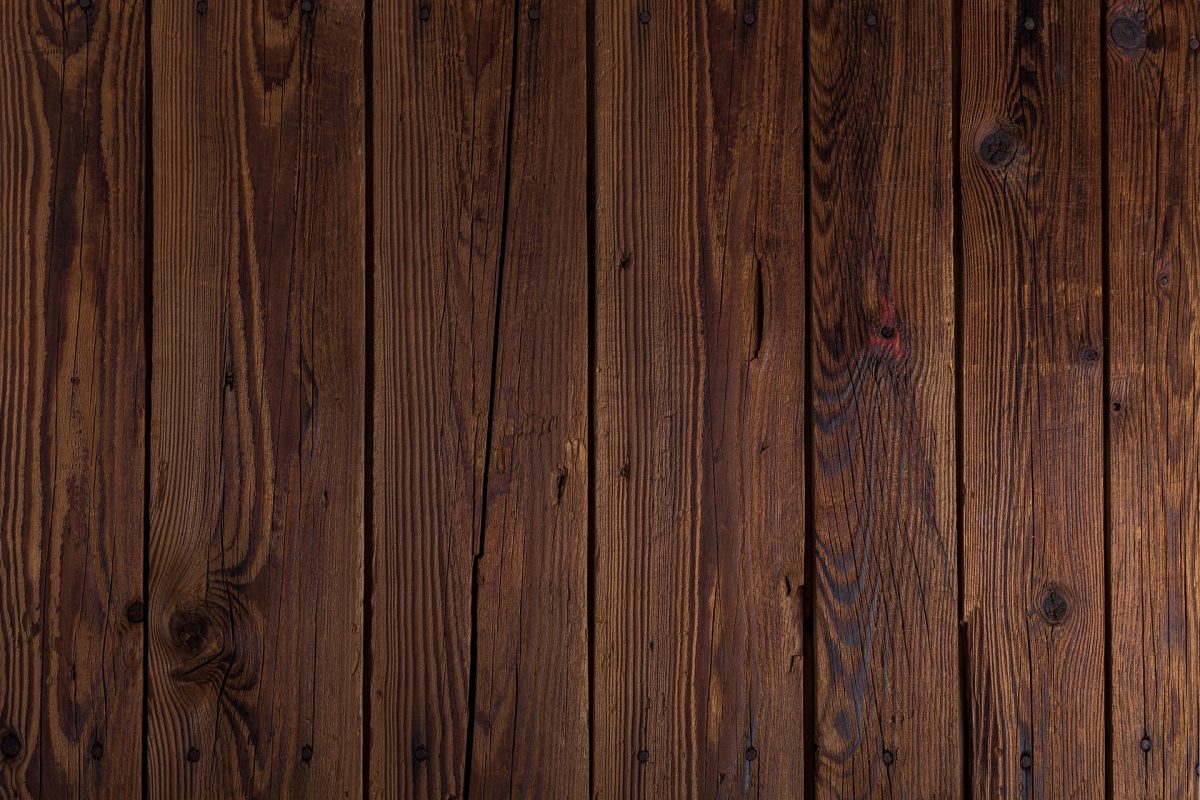The sawing process isn’t any different for thermo-treated wood, but the advantages are notable. With thermo-treated wood, the amount of wood disfigurement from sawing is reduced, and saw blades remain clean because of the lack of resin in thermo-treated wood.
Planing thermo-treated wood is also the same as it is for ordinary wood and, yet again, blades require less maintenance due to the absence of resin. The even better news is that planing with thermo-treated wood yields superior results.
The sanding process is easier with thermo-treated wood because the sandpaper will not become clogged with resin, and surface results after sanding are, once again, excellent.
Now here is where things begin to differ just a little. Gluing can be different for thermo-treated wood due to lower water absorption, so longer pressing times are required for water-based glues. To prevent cracking, you should also reduce the force of gluing machines.
The finishing products you use for thermo-treated wood may differ a little because thermo-treated wood has a lower water absorption rate. Oil-based products work well. Slow drying water-based products also work well because they allow enough time for penetration.
Hammering can increase the risk of splitting, so a compressed air gun with adjustable nailing depth is recommended. Self-tapping screws and predrilled holes are also suggested to avoid splitting. Screws with counter sink heads are best for outdoors or humid environs.
However, the end result of working with thermo-treated wood is remarkable. Thermo-treated wood reduces shrinking and swelling by 5-15%, its color is consistent, it does not decay when in constant contact with the ground, it is environmentally friendly and it requires less upkeep. Dark chocolate colored thermo-treated wood is rated at 25+ years and the honey colored thermo-treated wood has a life expectancy of 15-25 years.

